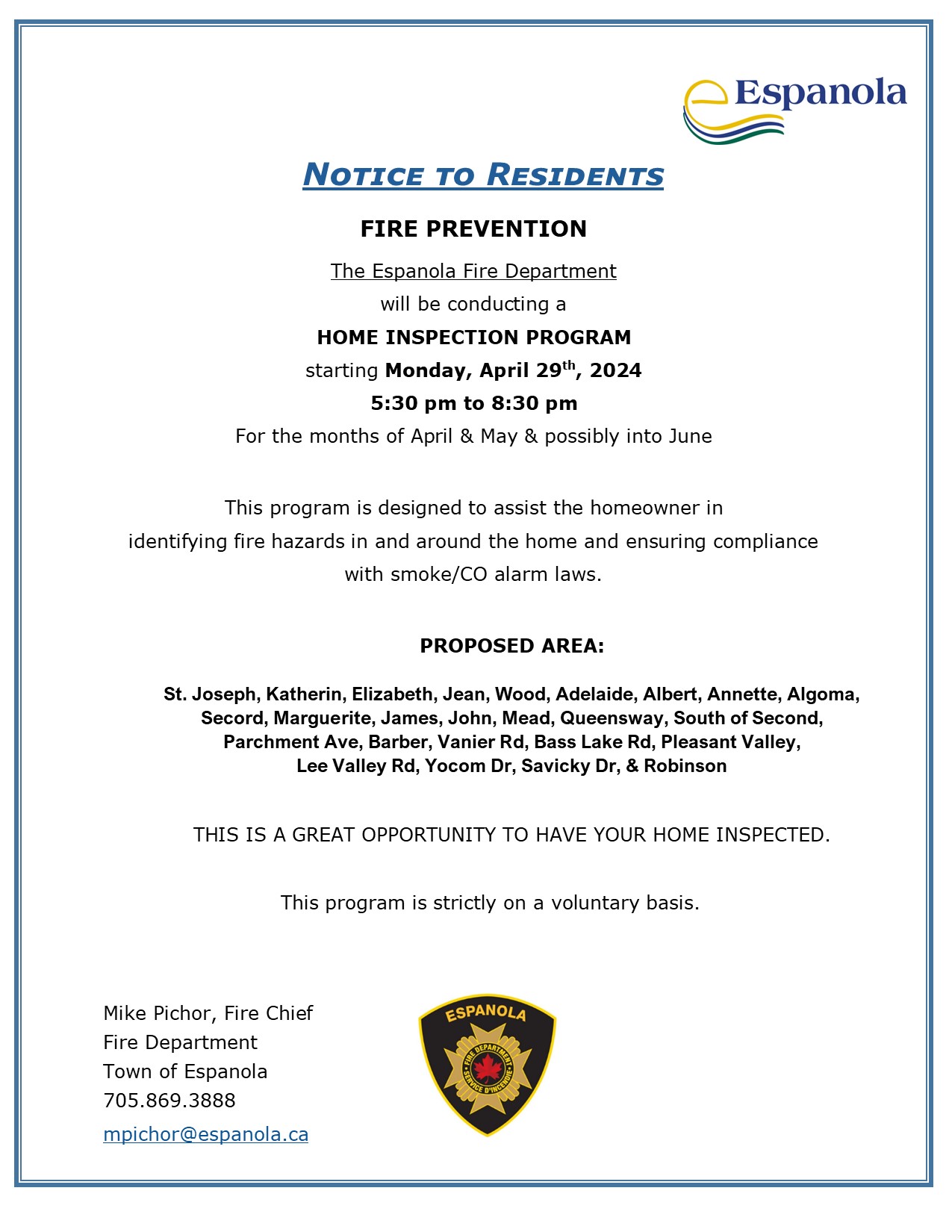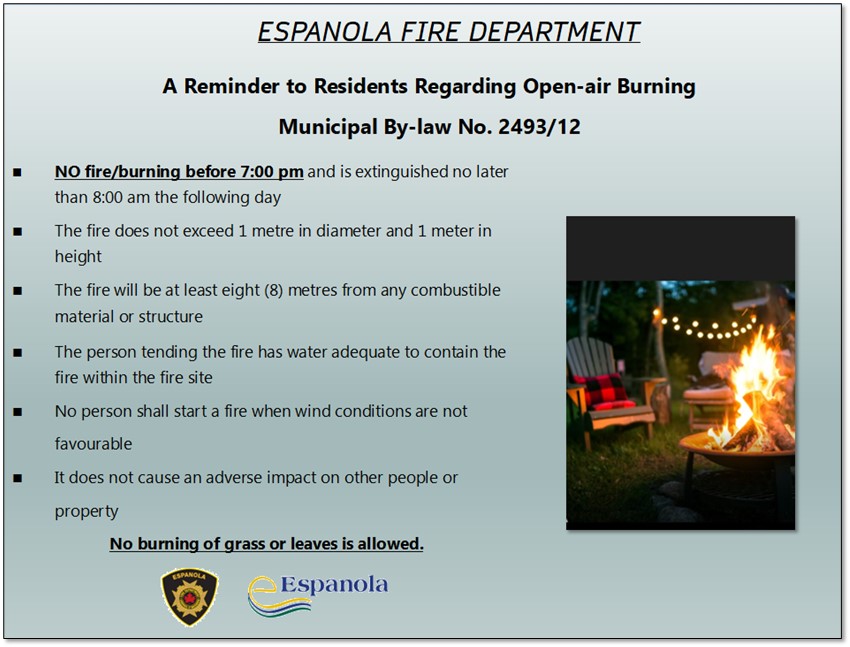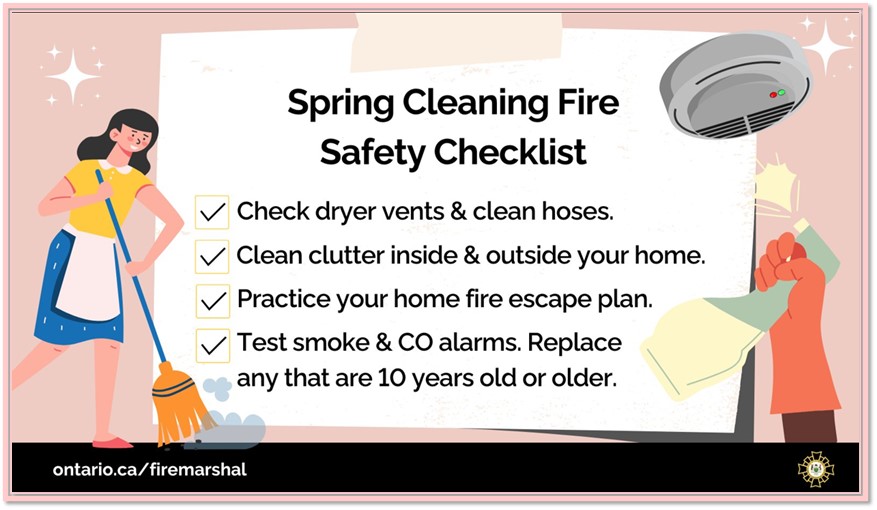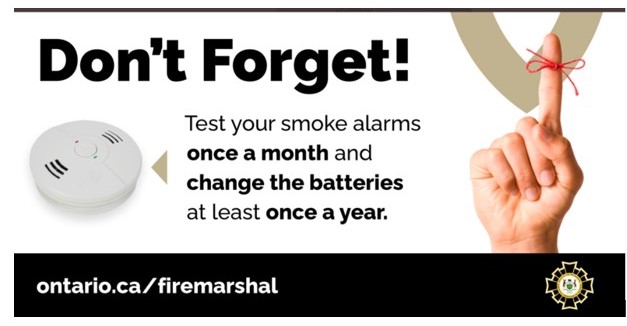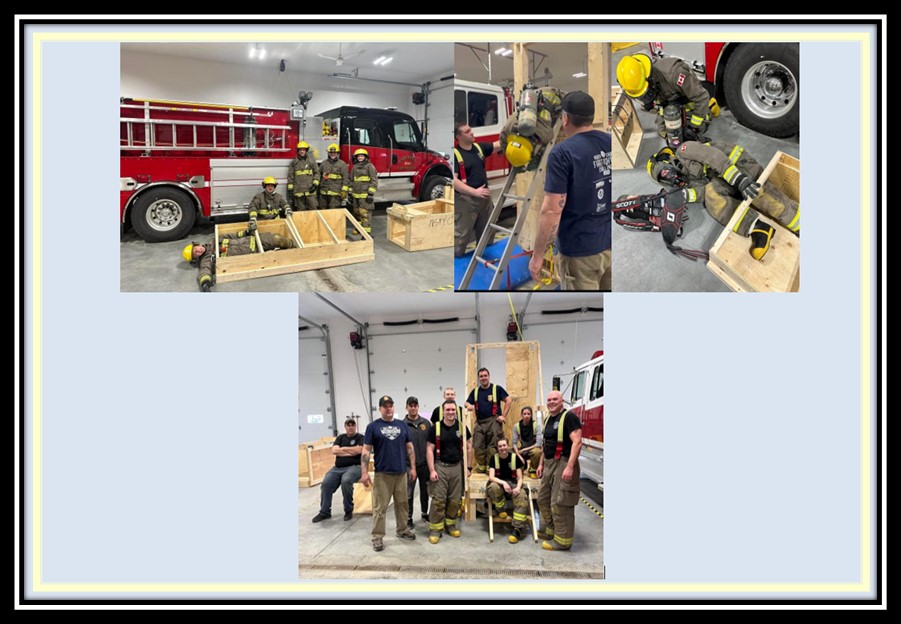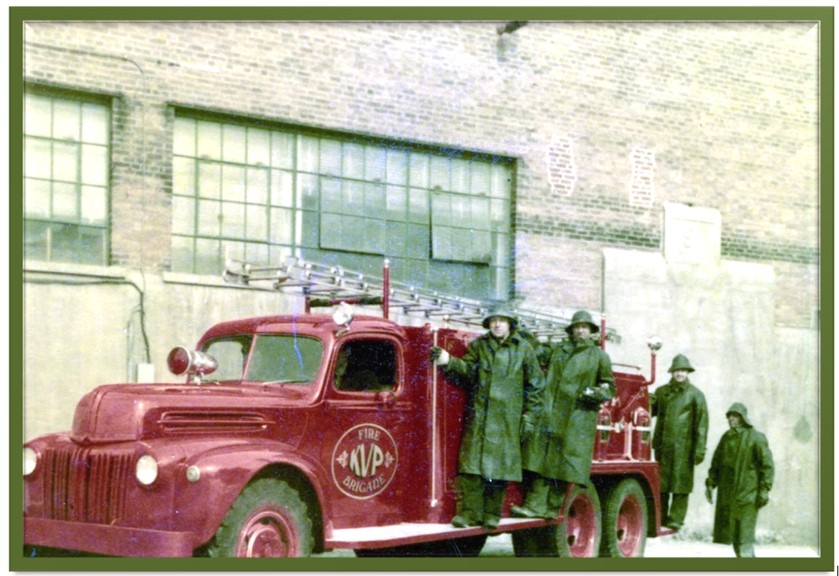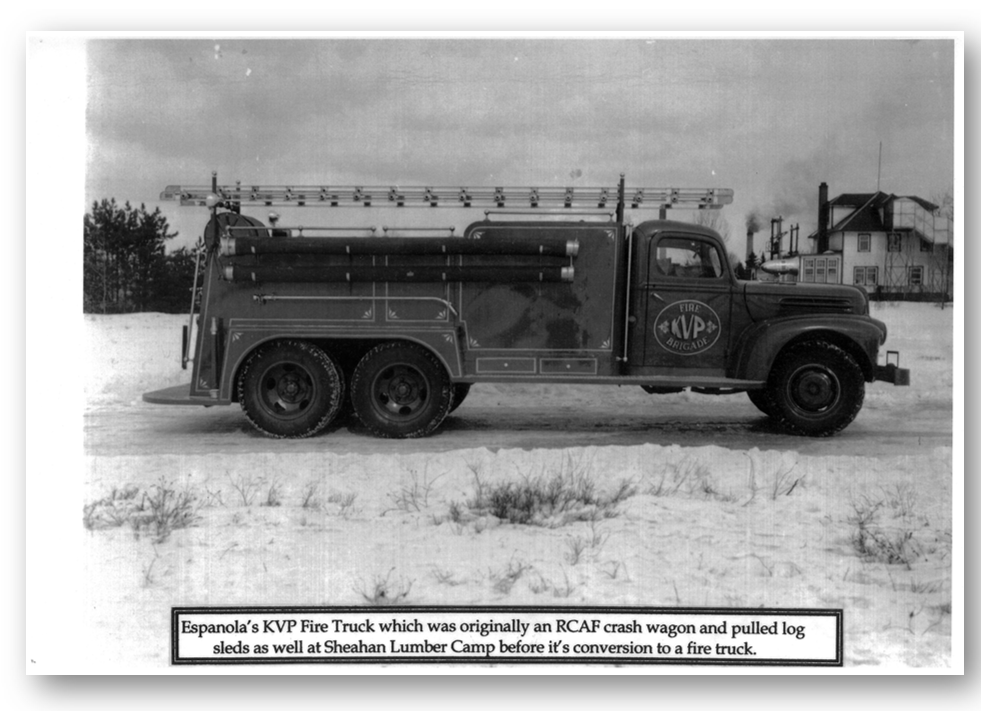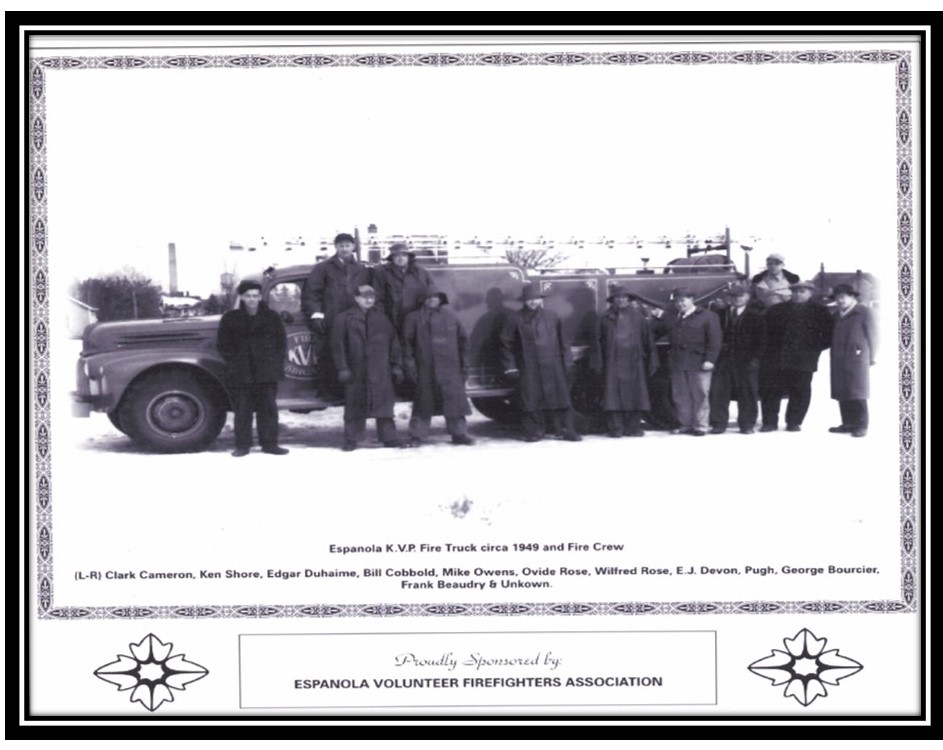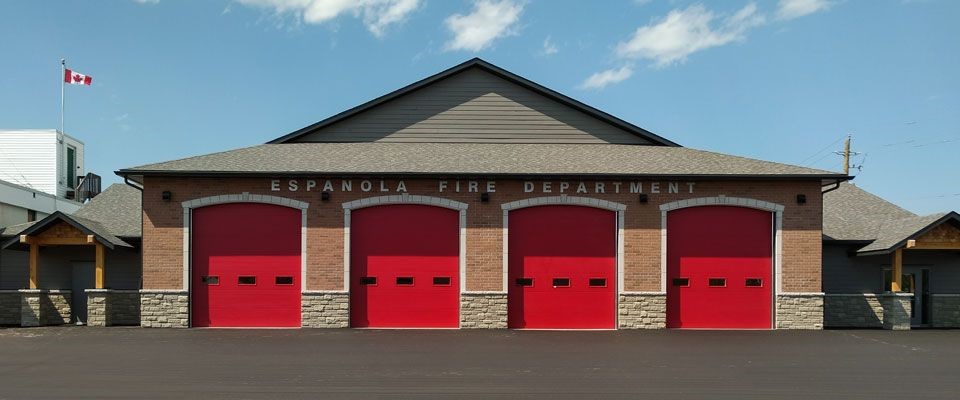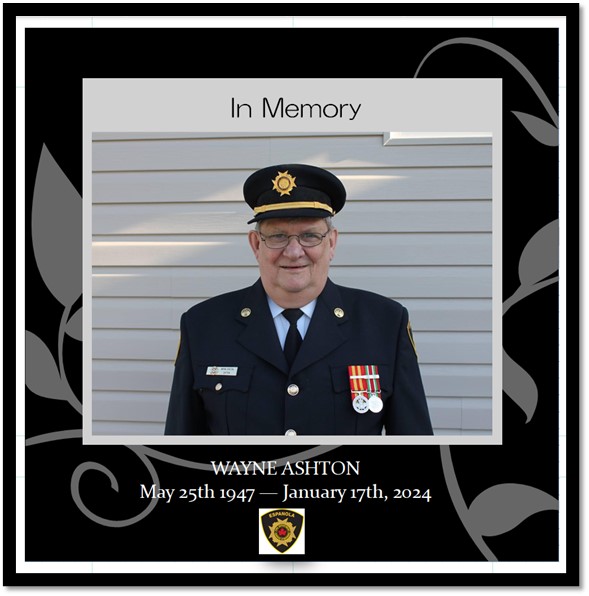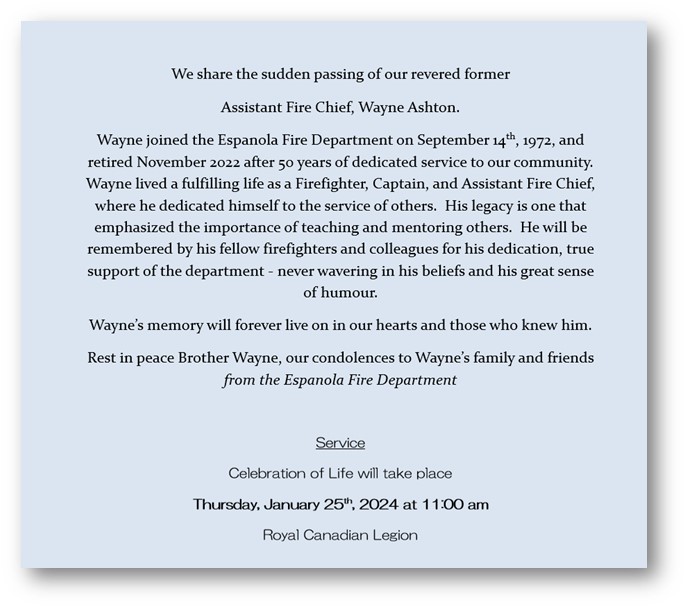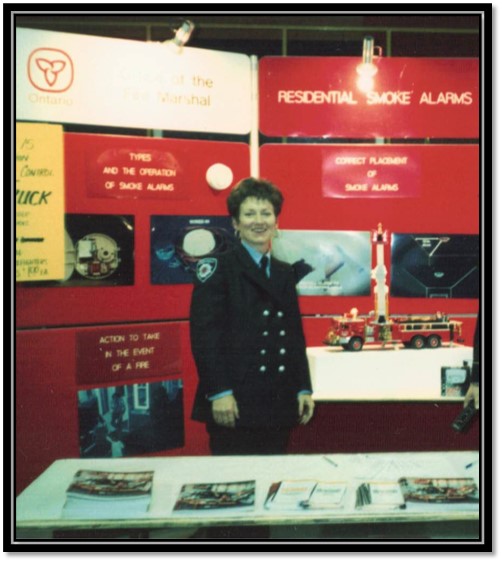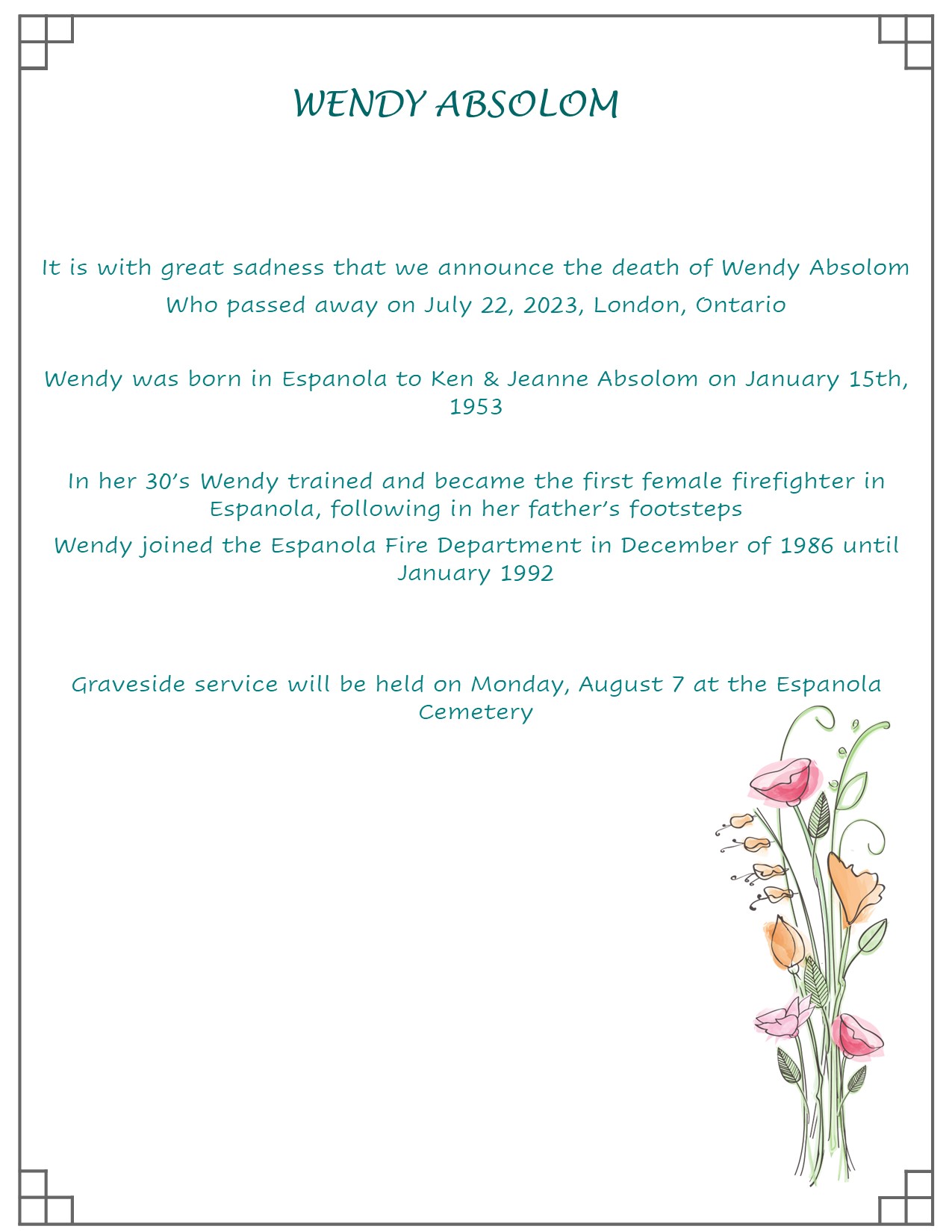Fire Services
The Espanola Fire Department is responsible for maintaining the optimum level of fire protection for all shareholders, including the residents of the Town of Espanola, Town Council, and the Province through the Ontario Fire Marshal's Office
∼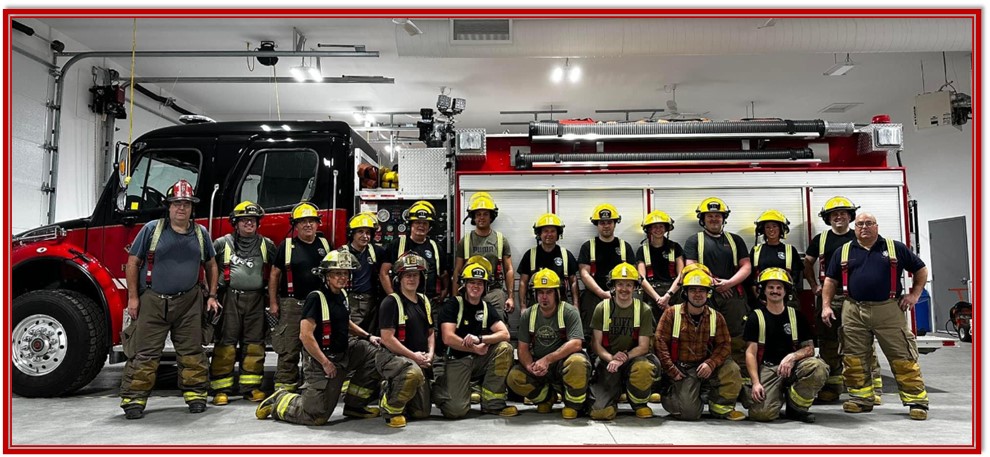
The Espanola Fire Department's greatest resource is its firefighters. Currently, the Department consists of 30 volunteer firefighters who dedicate themselves to serving and protecting the residents of Espanola through fire prevention activities and response to emergency situations throughout our community. They do this diligently and some have been doing this for 20, 30, and 40 years! The Department is comprised of Fire Chief, Deputy Chief, 2 Captains and 3 Lieutenants.
∼
CONTACT INFORMATION:
Office Hours:
Monday to Friday 8:00 am to 4:00 pm
Closed at Noon to 1:00 pm
Location:
596 Second Avenue
Espanola P5E 1C4
Phone 705.869.3888 Fax 705.869.6000
Fire Chief/CEMC: Mike Pichor
Email: [email protected]
*** After hours and weekends, contact the Officer on-call for information or to request a Fire Permit at 705.863.3269
∼∼∼
MUNICIPAL OPEN AIR BURNING BY-LAW - - BACK YARD FIRE PITS:
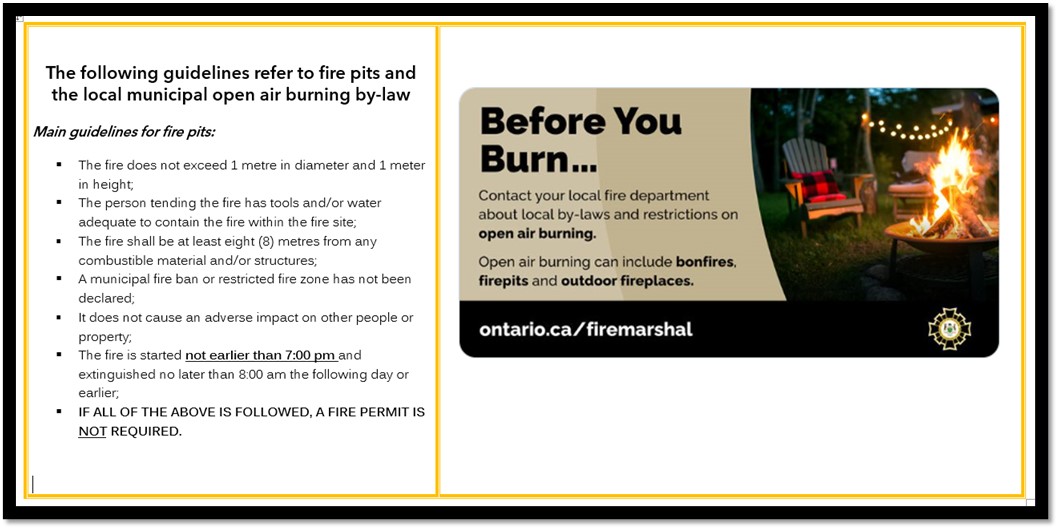
For more information regarding Open Air Burning, By-law No. 2493/12, click the following link - Fire Prevention & Protection.
♦♦♦
♦♦♦
SAFETY TIPS
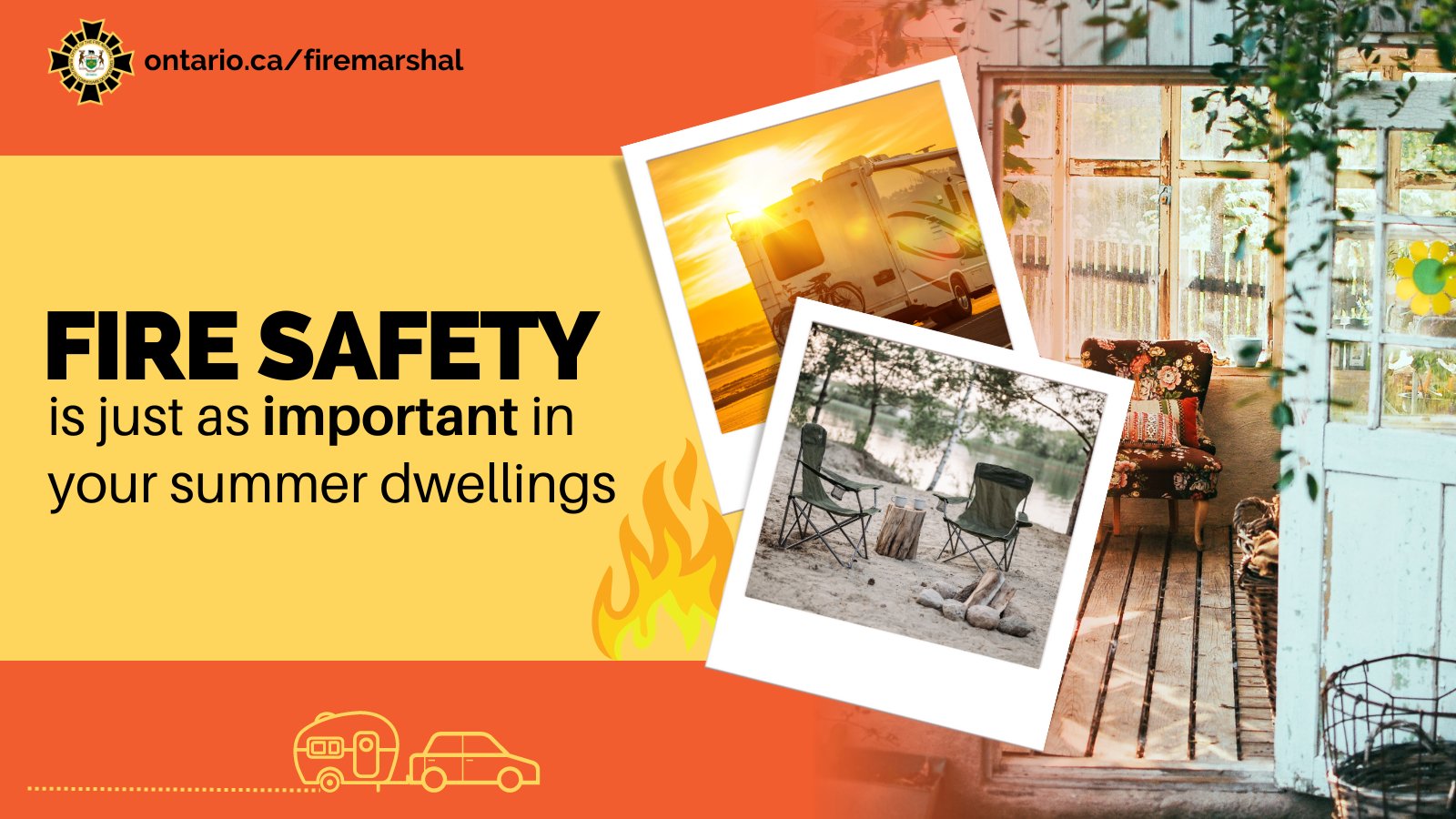
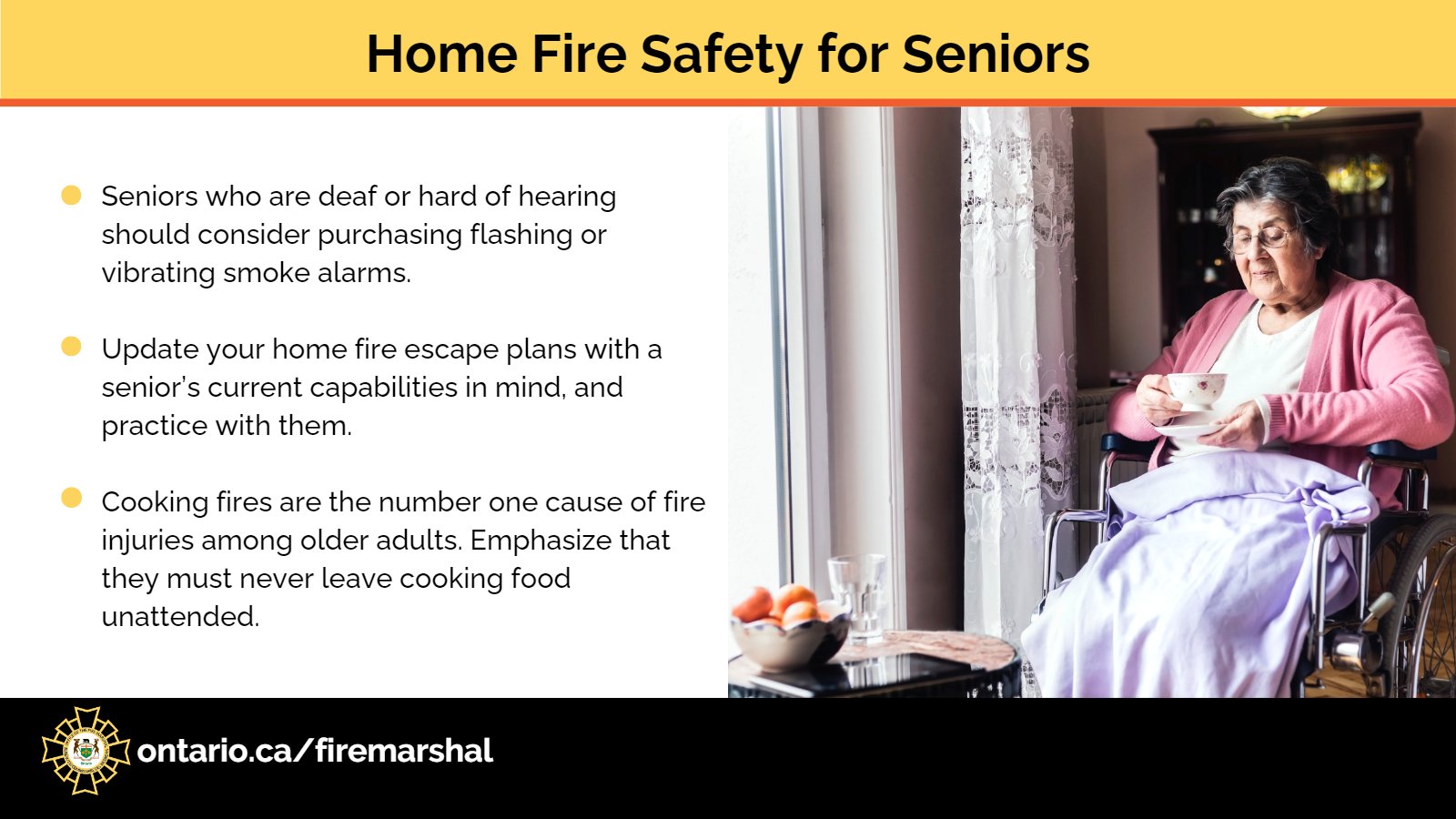
♦


